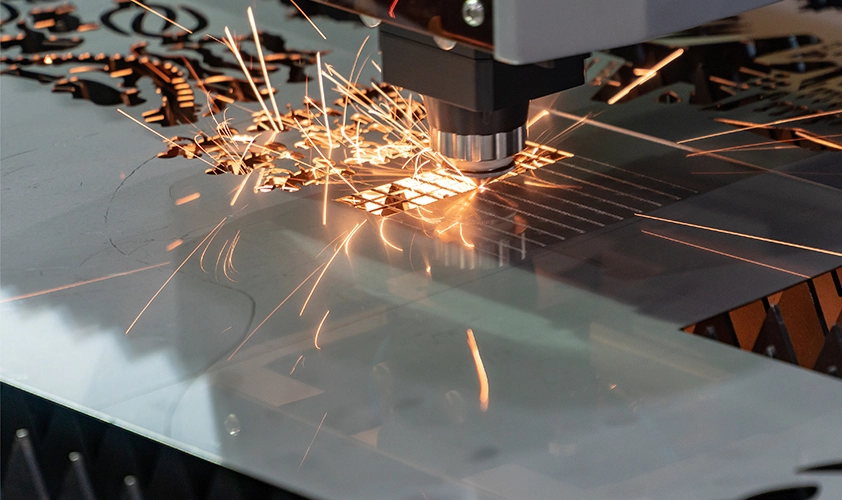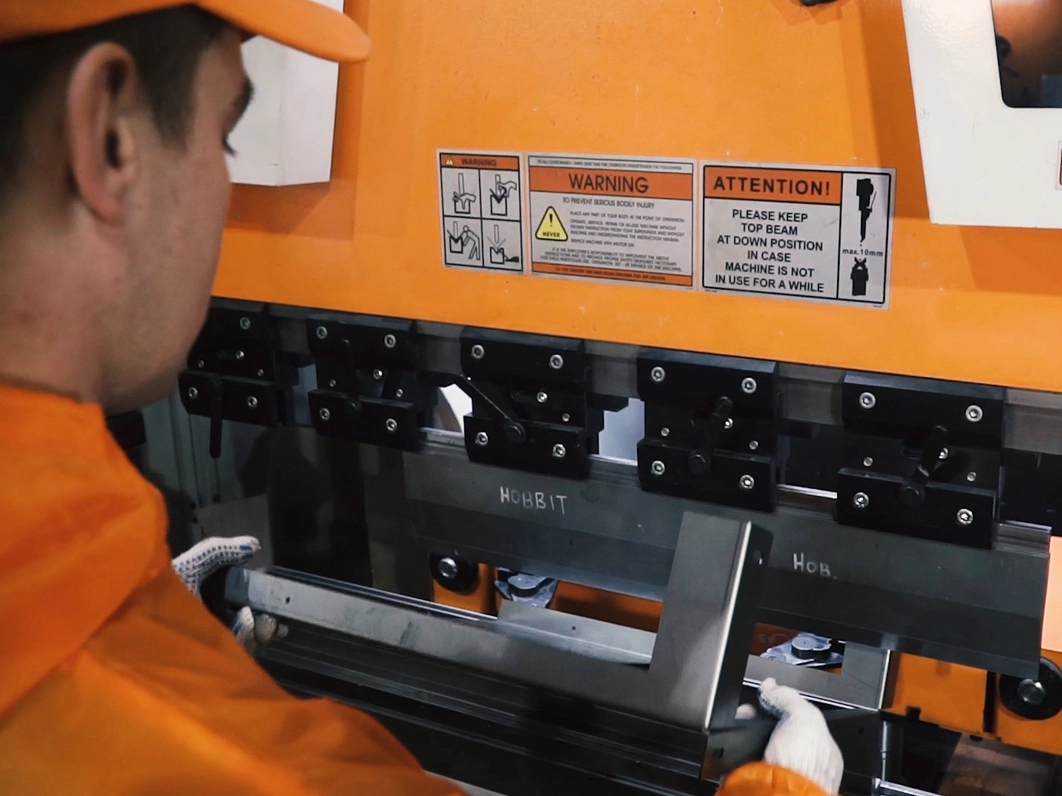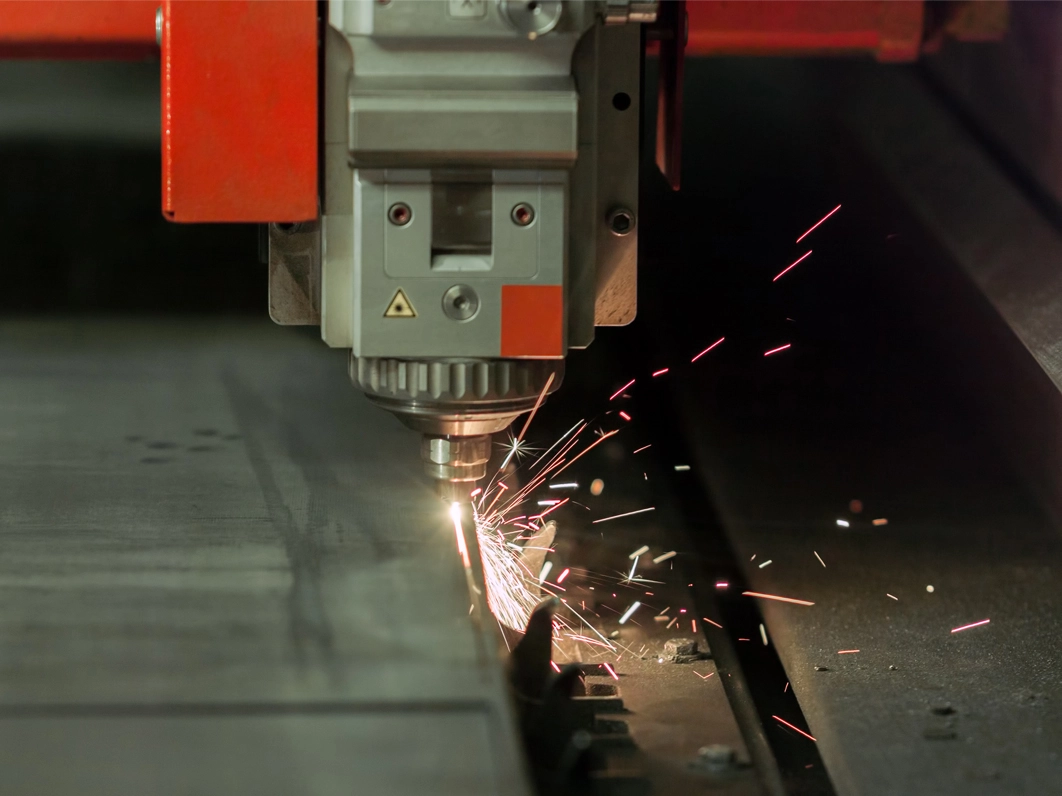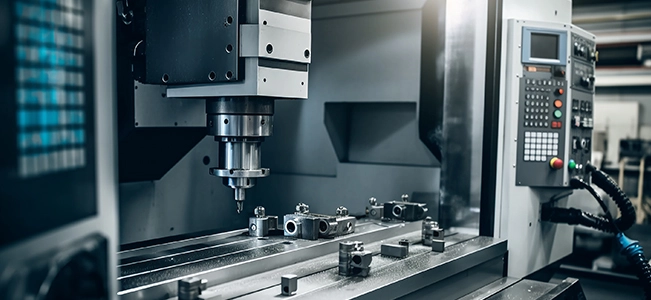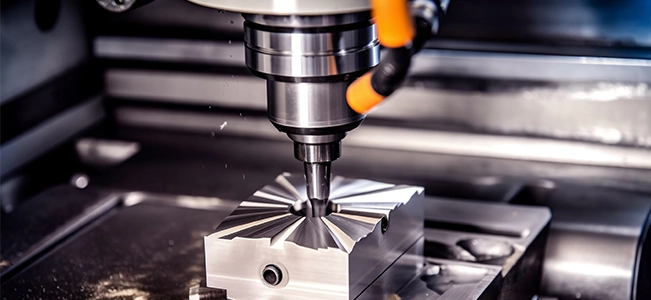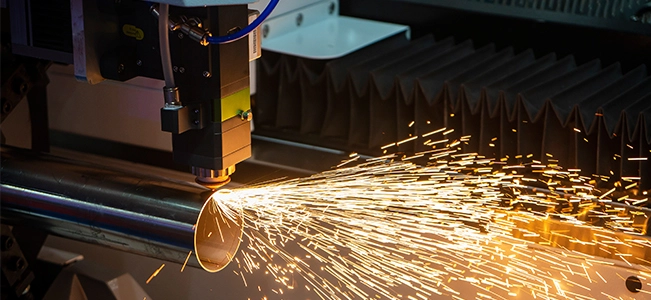Sheet metal fabrication finds wide applications across various industries. Here are some common application areas:
1. Automotive Industry: Sheet metal fabrication plays a significant role in automobile manufacturing, producing components such as car body shells, doors, engine hoods, roofs, chassis, and internal structures.
2. Electronics and Communication Equipment: Sheet metal fabrication is used to manufacture enclosures, cabinets, heat sinks, racks, panels, and other components for electronic and communication equipment, protecting electronic components and providing mechanical support.
3. Home Appliances: Sheet metal fabrication is employed in the manufacturing of housings for home appliances such as refrigerators, washing machines, air conditioners, microwaves, providing exterior protection and structural support.
4. Construction and Architectural Decoration: Sheet metal fabrication is used in building structures and architectural decoration, including roofs, facade panels, door and window frames, stair handrails, metal wall panels, etc.
5. Aerospace: Sheet metal fabrication is utilized to manufacture structural components for aircraft and spacecraft, such as wings, skins, shells, cabin walls, etc.
6. Medical Instruments: Sheet metal fabrication is employed to manufacture casings, brackets, bed frames, and other components for medical instruments and equipment, including surgical instruments, medical devices, beds, etc.
7. Military and Defense: Sheet metal fabrication is used in the manufacturing of weapons and equipment, military vehicles, warships, and military aircraft structures and housings.
8. Energy and Environmental Protection: Sheet metal fabrication is involved in the manufacturing of energy and environmental equipment, such as solar panels, wind turbine housings, and smoke purification equipment.
9. Precision Instruments: Sheet metal fabrication is used to manufacture casings and components for precision instruments, including optical equipment, measurement instruments, laboratory equipment, etc.
These are just a few examples of the application areas for sheet metal fabrication. In reality, there is a demand for sheet metal fabrication in many industries due to its ability to provide highly customized solutions that meet various requirements in terms of shape, size, and functionality.

 English
English  中文
中文  日本語
日本語  한국어
한국어 
